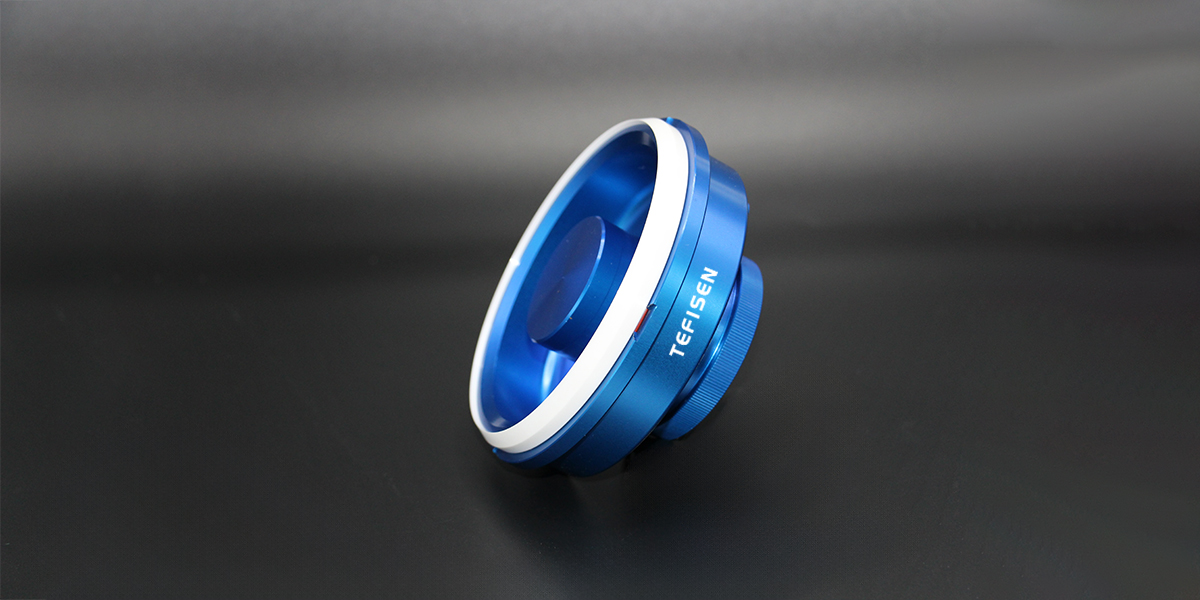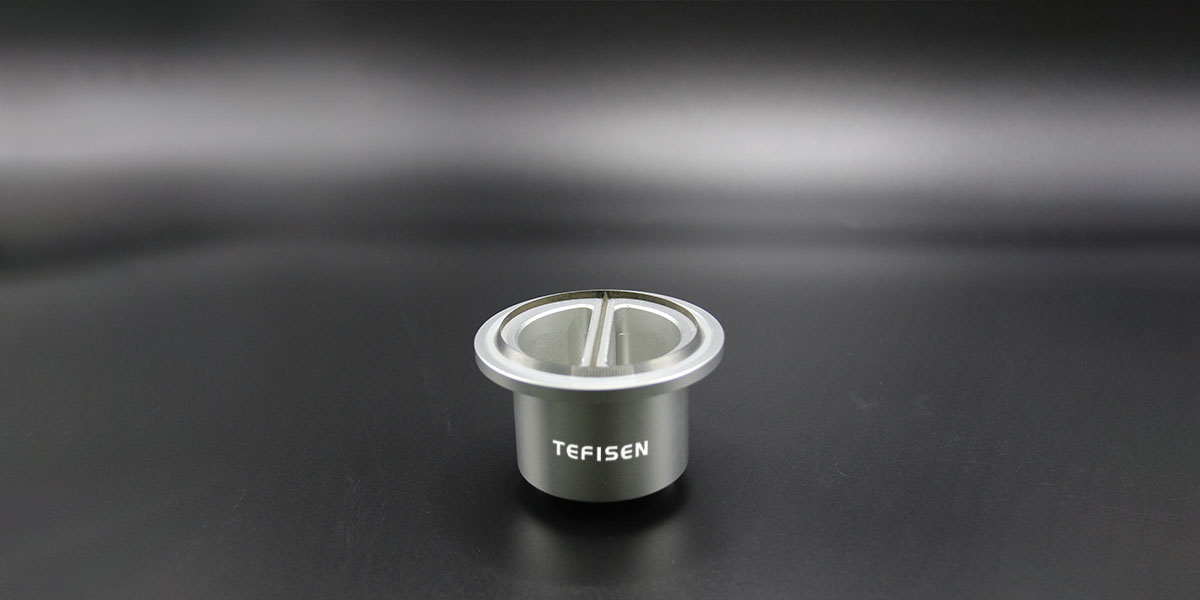Tips on the Ink Cup of Pad Printing Machines: An Article to Clear It Up!
【Abstract】The ink cup of a pad printing machine, as the core, determines the printing effect. Why choose an ink cup, and which one should be selected? How to determine its size accurately? Tefisen's after-sales engineer says: Ink cups ensure even ink adhesion and accurate pattern transfer, significantly improving quality and efficiency. Their enclosed structure is eco-friendly, economical, and easy to maintain. Selection depends on ink type, substrate, and requirements, with a need to understand magnetic & non-magnetic ink cups.

I. What is the Ink Cup of a Pad Printing Machine?
The ink cup of a pad printing machine is a small component, but its role is significant! It serves as the "small warehouse" for ink, holding the ink and then transferring it to various items, such as phone cases and plastic bottles, through the pad printing machine. The quality and performance of this small component directly relate to the appearance of the printed items, the amount of ink used, and work efficiency.
II. What are the Functions of the Ink Cup of a Pad Printing Machine?
Holding Ink: This is the most basic function. The ink cup must be able to hold enough ink to ensure that there is no ink shortage during printing and that too much ink is not wasted.
Ink Distribution: The ink cup must also be able to distribute the ink evenly, so that the printed items will not have deep and shallow areas and will look pleasing to the eye.
Ink Transfer: The ink cup must transfer the evenly distributed ink to the printing head of the pad printing machine, which then prints it onto the item. This process must be stable and error-free.
Environmental Protection: The ink cup must be well-sealed to prevent ink from volatilizing, as this would result in an oily smell in the workshop and could be harmful to health.
III. What Material is the Cup Mouth of the Ink Cup Made of, and Why?
The cup mouth of the ink cup is generally made of toughened zirconia, which is a remarkable material!
Wear-resistant: It has high hardness and can withstand the scraping of blades without fear of damage. It has a hardness of up to 90HRA, with a wear-resistant life more than ten times that of ordinary steel and a hardness six times that of general steel.
Easy to Clean: Its smooth surface makes it difficult for ink to adhere, and it is easy to clean with just a rinse of water.
Good Seal: It can seal the ink tightly, preventing leakage and volatilization.
IV. How to Choose the Size of the Ink Cup?
In practical applications, the ink cup of a pad printing machine is widely used in the identification printing of various products, such as electronic products, automotive parts, and plastic products. Tefisen ink cups can meet most printing requirements. So, how should we choose the size of the ink cup? For example, a pad printing machine ink cup with a diameter of 90mm typically has a maximum printable content size of 75-80mm. This is mainly due to the physical size of the ink cup and the ink distribution requirements during the printing process. The principle for choosing the size of the ink cup is to choose the largest size that can cover the maximum printable area, as this will generally suffice for smaller sizes.
The conventional sizes of Tefisen pad printing machine ink cups include:
• Ф42
• Ф60
• Ф65
• Ф70
• Ф80
• Ф90
• Ф94
• Ф100
• Ф101
• Ф110
• Ф120
• Ф130
• Ф140
• Ф150
• Ф160
• Ф199
• Custom sizes and models are also available.
V. What Are the Differences Between Different Types of Ink Cups?
Differences Between Magnetic and Non-magnetic Ink Cups:
• Magnetic Ink Cup: An ink cup with built-in magnets can attract the iron components in the ink, making the ink more stably adhere to the surface of the ink cup during the printing process and facilitating accurate transfer. Magnetic ink cups are suitable for most printing scenarios, improving printing efficiency and ink utilization.
• Non-magnetic Ink Cup: Designed for special inks, such as silver paste containing metal particles. Since metal particles would be attracted by magnets, causing the ink to be unable to distribute normally, non-magnetic ink cups are more suitable for these special occasions.
Comparison Between Two-color and Single-color Ink Cups:
• Single-color Ink Cup: Suitable for single-color printing tasks, with a simple structure and easy operation. However, for patterns requiring multiple color combinations, the single-color ink cup requires multiple printing passes and precise positioning of the substrate, increasing printing time and cost.
• Two-color Ink Cup: Capable of completing two-color printing in a single pass, greatly improving work efficiency. It is particularly suitable for flat printing, eliminating the need for shuttling to achieve two-color printing. For curved surface printing, as long as the substrate is designed to be rotatable, the two-color ink cup can also exert its advantage of efficient two-color printing.

• When using a two-color ink cup, it is necessary to ensure that the distance, size, spacing, and other parameters between the two printing positions are precise to ensure printing quality. Specifically, the positional accuracy should be controlled within ±0.1mm, the size difference should not exceed ±5%, and the spacing should remain consistent to ensure the integrity and clarity of the pattern. The precise control of these parameters depends on the high precision of the pad printing machine and the skilled operation of the personnel.
VI. The Environmental Significance of the Ink Cup of a Pad Printing Machine
The sealed design of the ink cup of a pad printing machine not only improves printing efficiency but also has important environmental significance. By preventing ink from volatilizing into the workshop during the working process, the ink cup can effectively reduce the emission of harmful substances, protecting the environment and the health of operators. At the same time, the easy cleanability of toughened zirconia material also reduces the risk of environmental pollution from ink residue.
VII. Conclusion
In summary, as the core component of the pad printing process, the design, material selection, and application of the ink cup of a pad printing machine directly affect printing quality, ink utilization, and production efficiency. With the continuous advancement of technology and the increasingly diversified printing needs, the design and application of the ink cup of a pad printing machine will also continue to innovate, providing more efficient and precise solutions for identification and decoration in more fields. At the same time, its environmental characteristics will also become one of the important directions for future development.

